My Asparagus Is Too Thin: Causes For Thin Asparagus Spears


Vegetable gardeners are the lucky ones. What they plant in the spring, they harvest in the summer and fall-- except for a few choice crops like asparagus. Since asparagus is a perennial crop, it takes several years before a harvest can take place. Discovering that your asparagus is too thin can be devastating after all that waiting. Don't worry though; most of the time skinny asparagus stalks can be resolved before your next growing season comes.
Why Shoots on Asparagus are Thin
Thin asparagus spears appear for a number of reasons, but the root cause is ultimately the same: the asparagus crown lacks the rigor to create bigger shoots. Depending on how old your asparagus is, it's probably due to one of these reasons: Inappropriate Age - Very young and very old asparagus plants do not yield optimally; this is why it's recommended to leave young plants unharvested for the first three years and to divide or replace any crowns over ten years of age. Improper Feeding - Asparagus are somewhat heavy feeders and need all the food they can get in order to build strong spears the following year. Feed your asparagus with about three-quarters pound of 16-16-8 fertilizer for each 10 foot by 10 foot (3 m. x 3 m.) section of your asparagus bed after harvest is complete. Incorrect Depth - Since asparagus crowns migrate up through the soil over time, it's important to pay close attention to the depth where they're growing. In the fall, ensure that yours are covered with 3 to 5 inches (8-13 cm.) of soil. If they aren't, add compost until they're well-covered. Improper Care - After harvest is a touchy time for asparagus plants, and when it's most likely that a new grower will make a fatal mistake. The ferns that grow from the crown aren't simply waste material to cut down, they need to be allowed to grow so your asparagus can recharge its batteries. Leave them alone until they begin to yellow and collapse on their own for best spear production. If you've not seen ferns before, your problem may be due to overharvesting. Even with established plants, you shouldn't harvest asparagus for more than eight weeks. Your plants will tell you when it's time to stop by producing thin asparagus stalks no thicker than a pencil. Younger plants can usually tolerate a harvest of about half this time.
Gardening tips, videos, info and more delivered right to your inbox!
Sign up for the Gardening Know How newsletter today and receive a free copy of our e-book "How to Grow Delicious Tomatoes".

Kristi Waterworth was a regular contributor to Gardening Know How for many years, answering countless queries on plant pests and diseases.
-
 Looking For Plants To Give You The Soft And Fuzzies? Try These 5 Fuzzy Leaf Plant Options
Looking For Plants To Give You The Soft And Fuzzies? Try These 5 Fuzzy Leaf Plant OptionsLovers of texture, drama, silver foliage and tactile plants will adore these special sensory garden additions. These fuzzy leaf plant options will leave you all aglow
By Susan Albert
-
 Get Ready For A Summer Of Hummers! Grow These Full Sun Hummingbird Plants and Flowers
Get Ready For A Summer Of Hummers! Grow These Full Sun Hummingbird Plants and FlowersIf you’re lucky enough to enjoy a sunny backyard, make sure you are maxing out on your pollinator opportunities and grow these full sun hummingbird plants and flowers
By Tonya Barnett
-
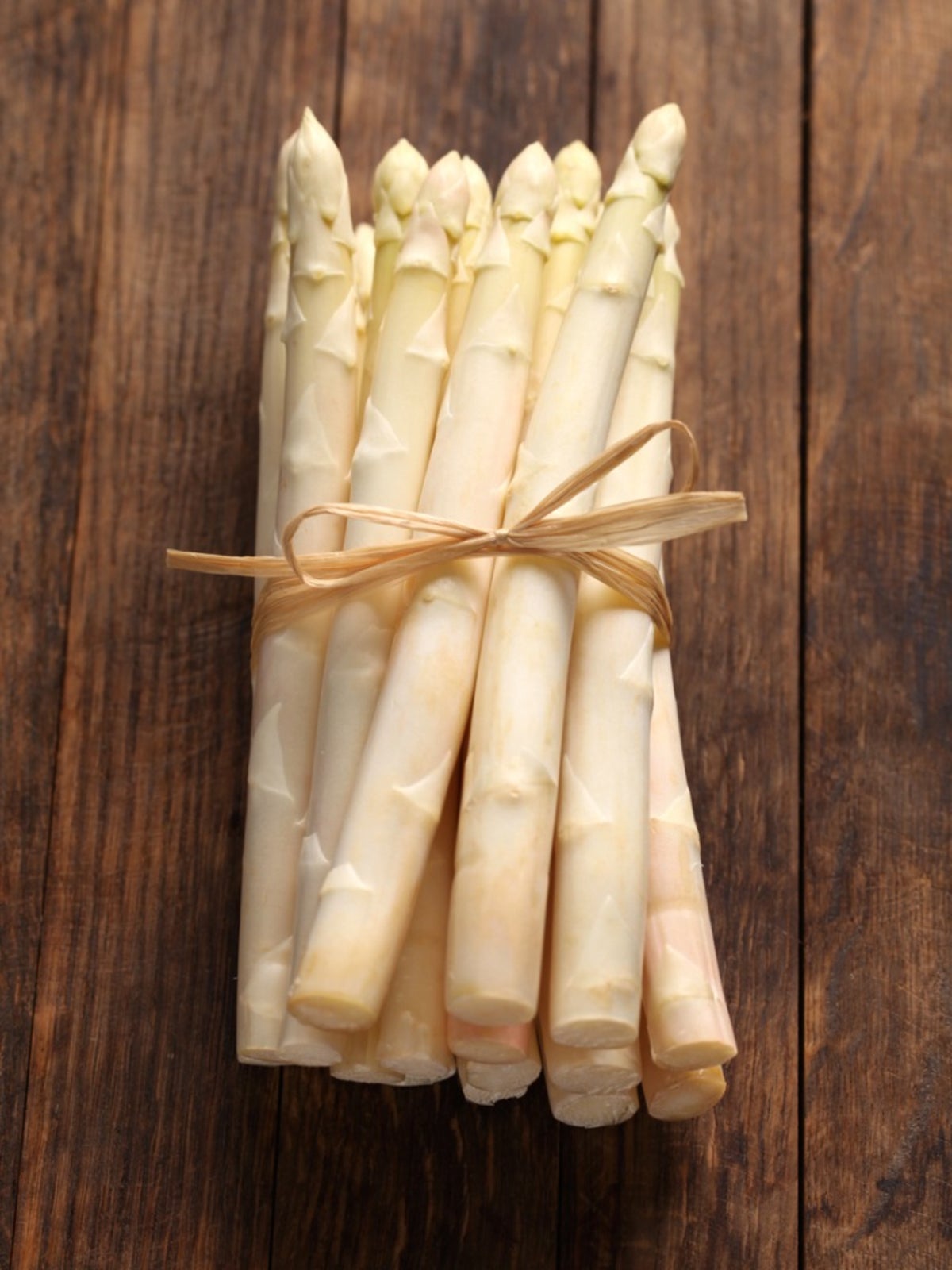 What Is White Asparagus – How Does White Asparagus Grow
What Is White Asparagus – How Does White Asparagus GrowHere's a real head-scratcher. There are no varieties of white asparagus! So how does white asparagus grow? Read on to find out.
By Laura Miller
-
 Potted Asparagus Plants – Can You Grow Asparagus In Containers
Potted Asparagus Plants – Can You Grow Asparagus In ContainersThe introduction of new asparagus cultivars has made the process of growing and caring for these plants easier than ever before. But can you grow asparagus in a pot? Click on the following article to learn more about container grown asparagus plants.
By Tonya Barnett
-
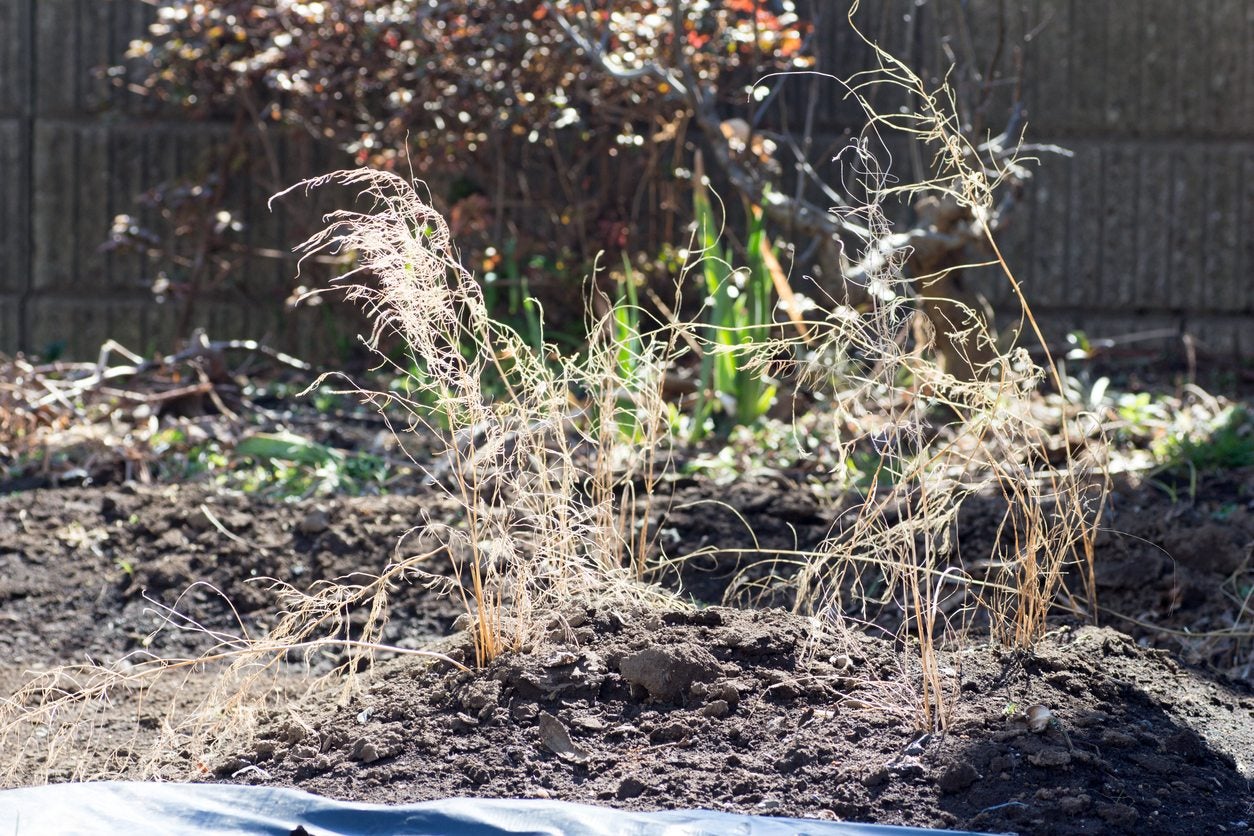 Asparagus Winter Care: Tips On Winterizing Asparagus Beds
Asparagus Winter Care: Tips On Winterizing Asparagus BedsOnce established, asparagus is fairly low maintenance with the exception of keeping the area weed free and watering, but what about overwintering asparagus plants? Do asparagus need winter protection? Find out in this article.
By Amy Grant
-
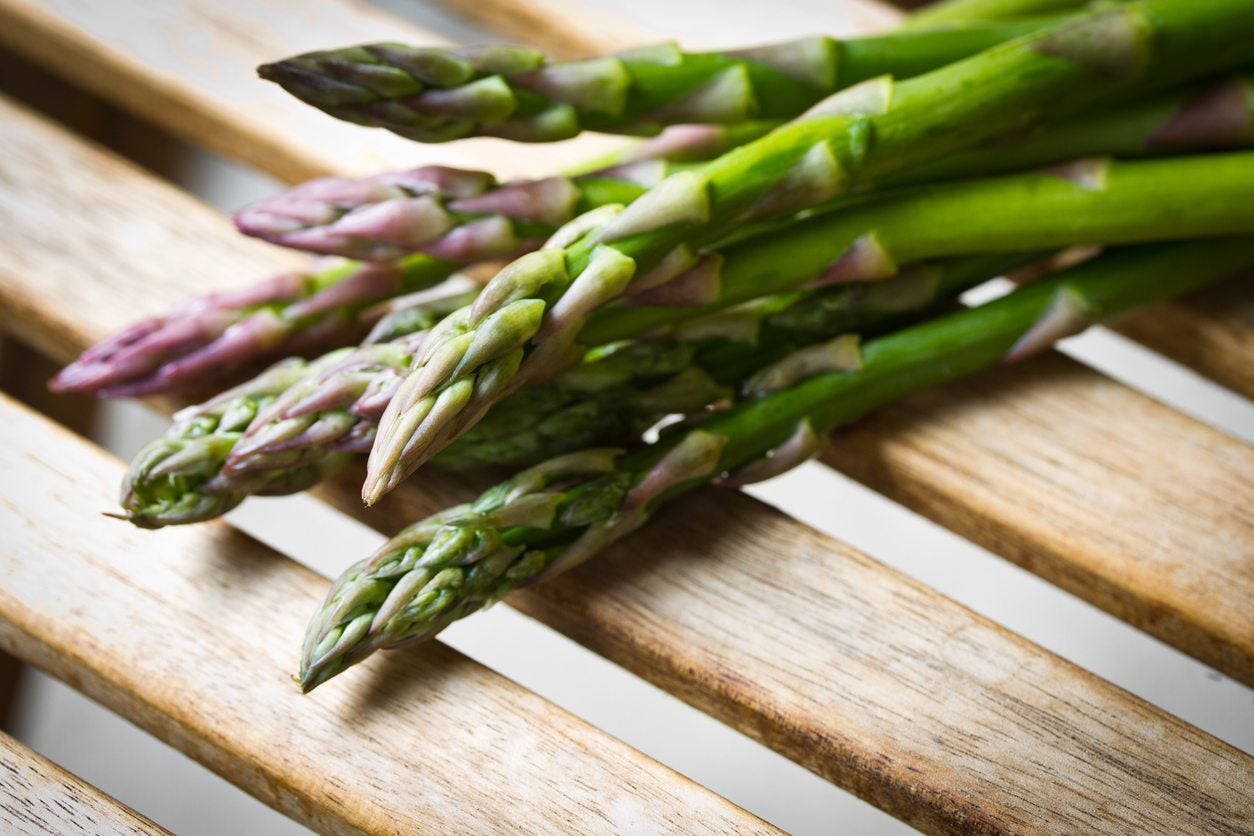 What’s The Difference Between Male And Female Asparagus Plants
What’s The Difference Between Male And Female Asparagus PlantsWe all know that some plants have male reproductive organs and some have female and some have both. How about asparagus? Are there really male or female asparagus? If so, what's the difference between male and female asparagus? Find out here.
By Amy Grant
-
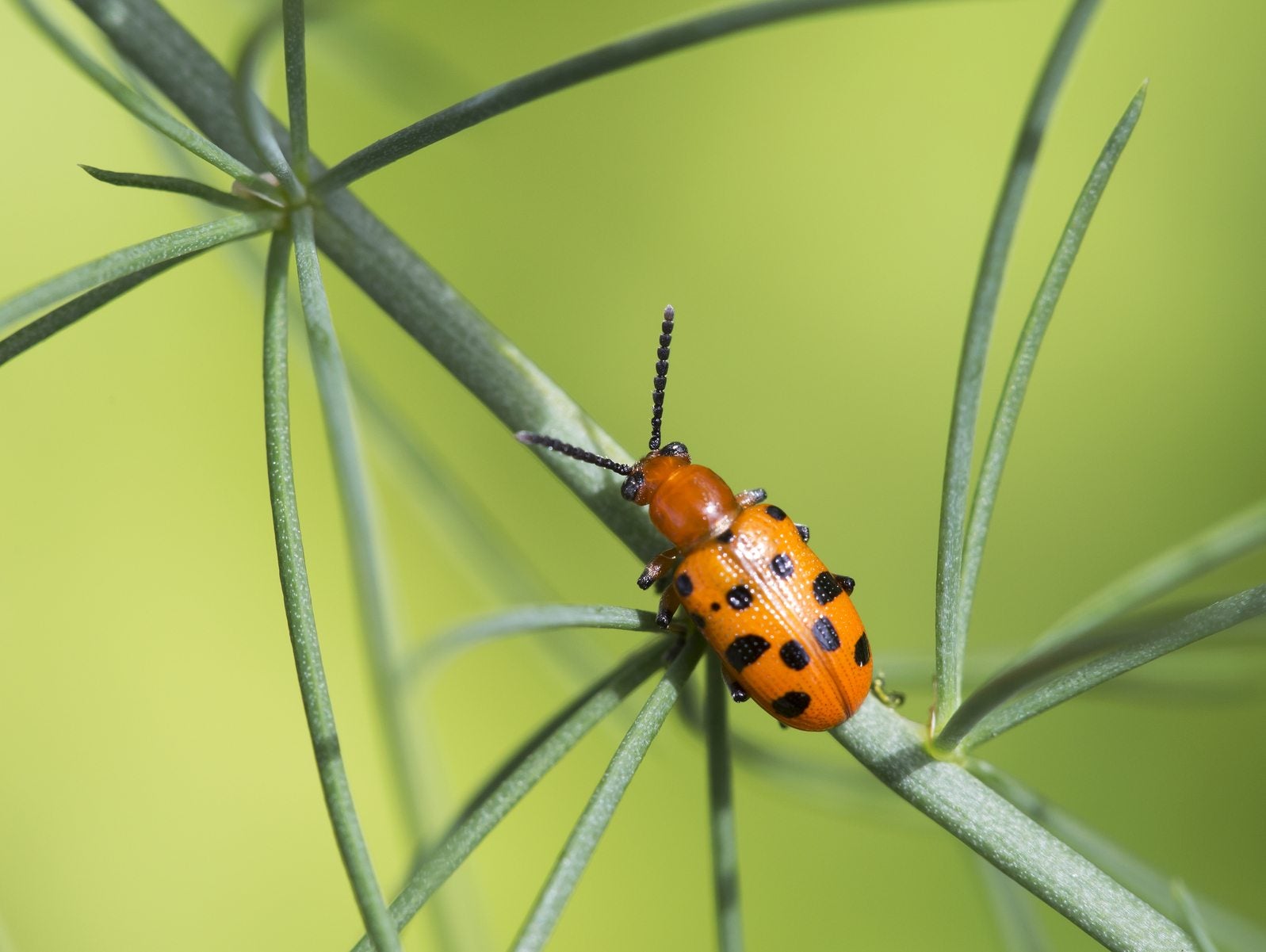 Spotted Asparagus Beetle Facts: Controlling Spotted Asparagus Beetles In Gardens
Spotted Asparagus Beetle Facts: Controlling Spotted Asparagus Beetles In GardensIt can be especially devastating when an asparagus patch falls victim to pests. One very common asparagus pest is the spotted asparagus beetle. Learn some spotted asparagus beetle facts and how to prevent spotted asparagus beetles in this article.
By Liz Baessler
-
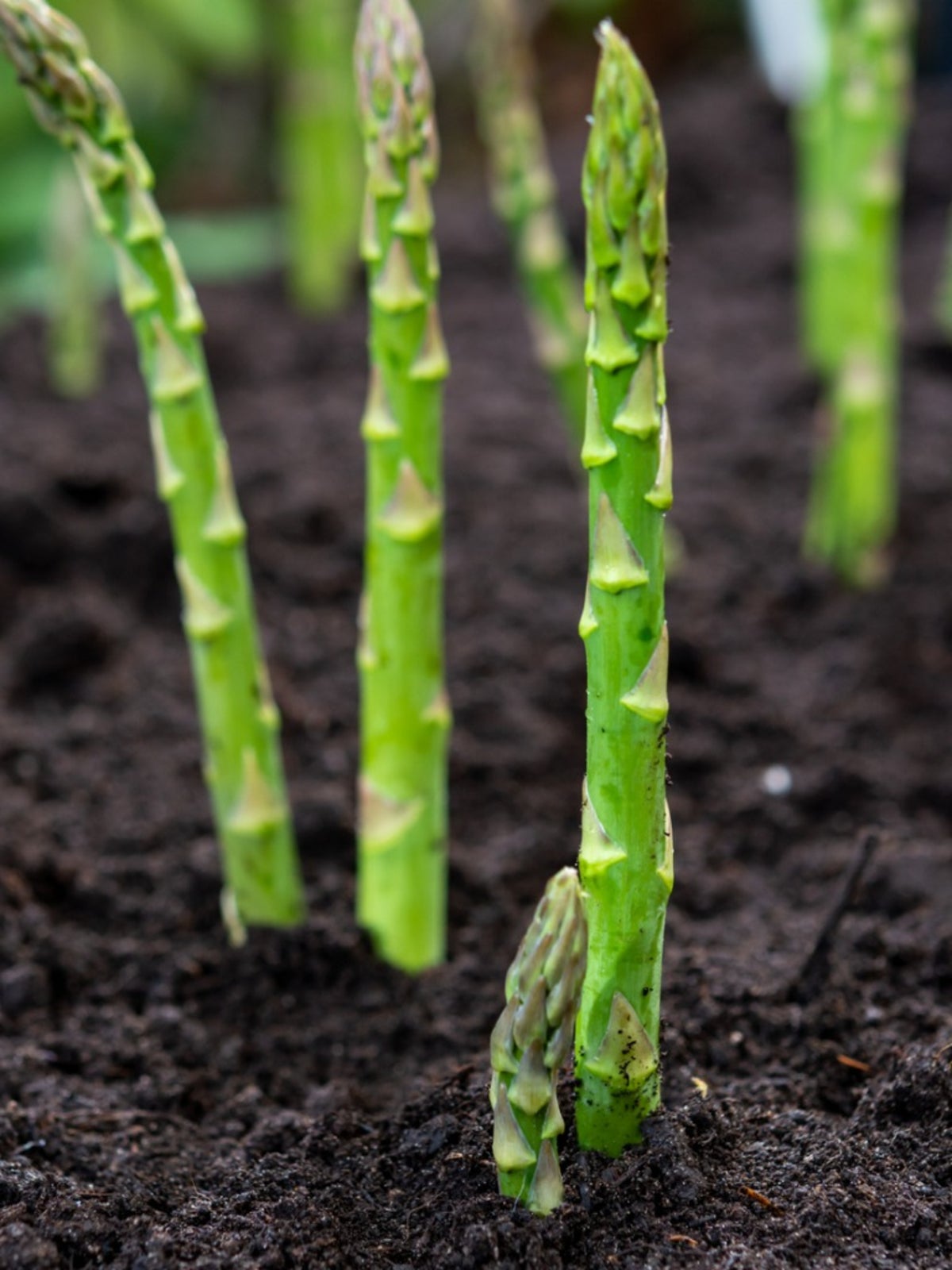 What Is Asparagus Rust: Tips On Treating Rust In Asparagus Plants
What Is Asparagus Rust: Tips On Treating Rust In Asparagus PlantsAsparagus rust disease is a common but extremely destructive plant disease that has affected asparagus crops around the world. Learn more about asparagus rust control and treatment in your garden using information from this article.
By Mary H. Dyer
-
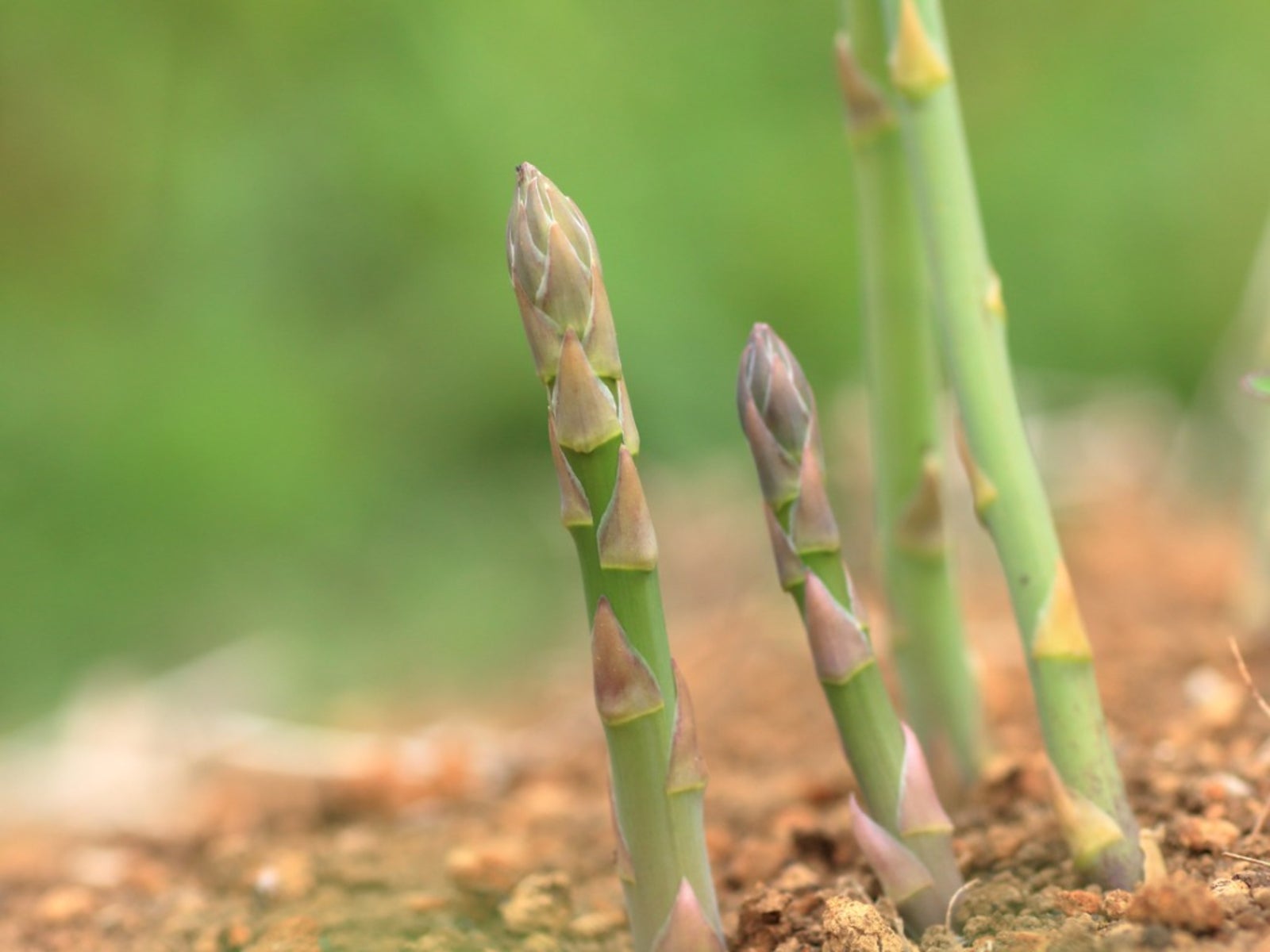 Rotting Asparagus Plants: Treating Asparagus Crown And Root Rot
Rotting Asparagus Plants: Treating Asparagus Crown And Root RotAsparagus crown and root rot is one of the most economically disastrous diseases of the crop worldwide. Asparagus crown rot is caused by three species of Fusarium. Learn more about controlling asparagus fusarium crown rot and root rot here.
By Amy Grant
-
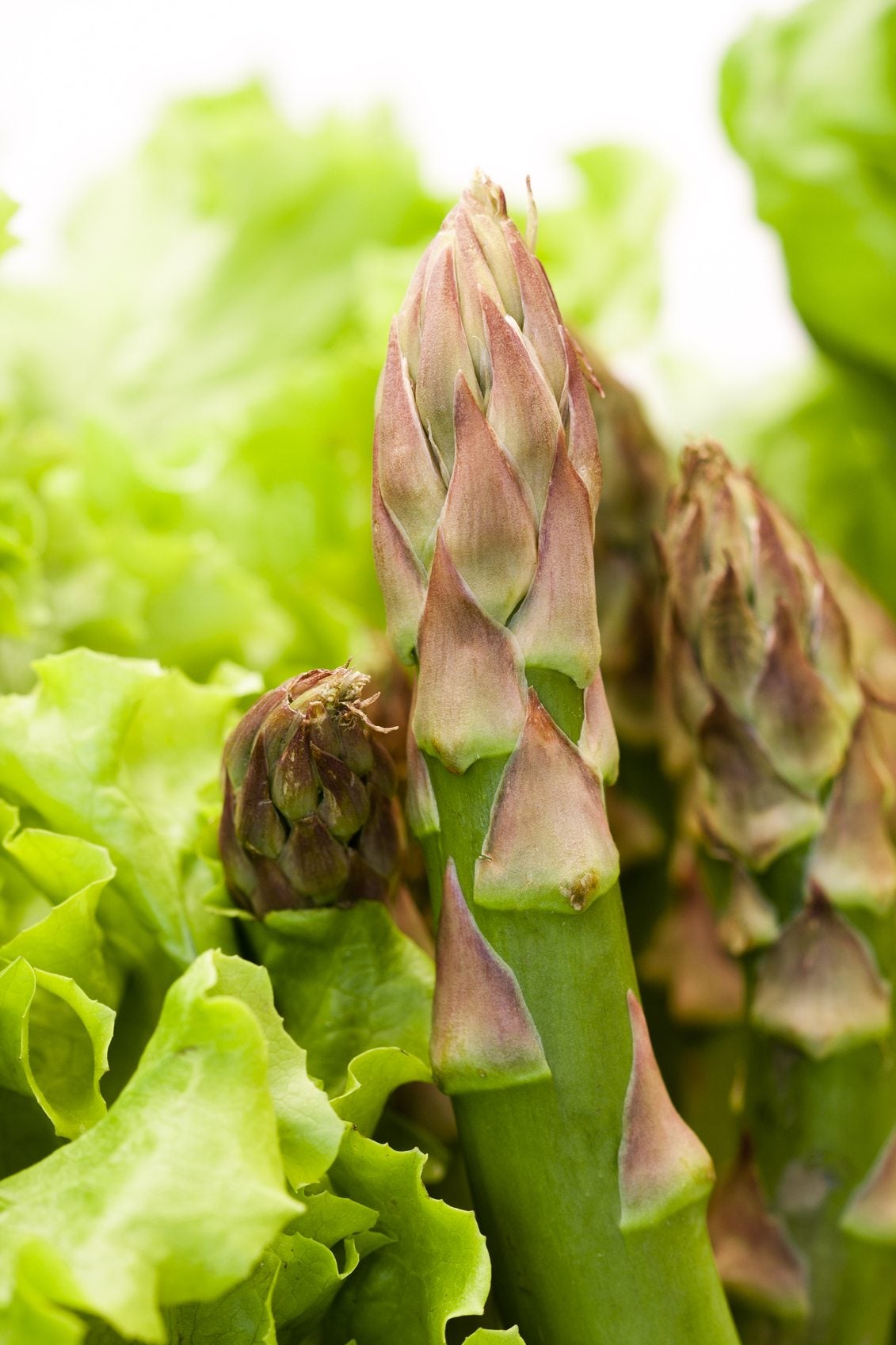 Asparagus Companion Plants – What Grows Well With Asparagus
Asparagus Companion Plants – What Grows Well With AsparagusAsparagus plant companions are plants that have a symbiotic relationship, one that is mutually beneficial to each. In the following article, we will discuss the benefits of companion planting with asparagus and what grows well with asparagus.
By Amy Grant